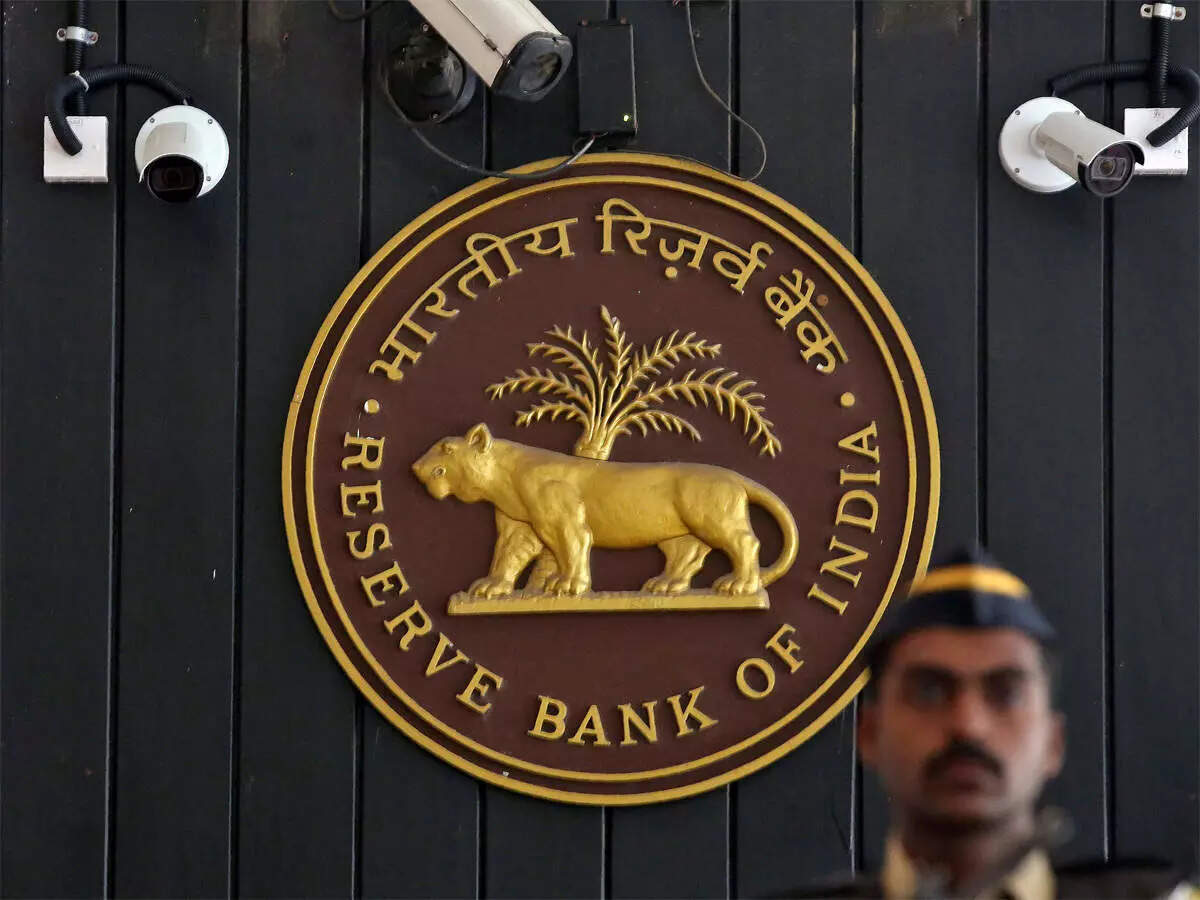Report, BFSI News, ET BFSI
[ad_1]
Read More/Less
The Indian banking sector is likely to witness a fresh phase of consolidation over the medium term, between FY22 and FY24, primarily driven by large private sector banks, according to a report by Acuite Ratings and Research.
Given the current buoyancy in equity markets, there is now a significant opportunity for large Indian private banks for inorganic growth through acquisition of smaller private banks that continue to face headwinds or even public sector banks where the government is considering a disinvestment, the report said.
The banking sector saw its first phase of consolidation involving public sector banks over the period 2017-20, with an intent to enhance their competitiveness, capital position and operational efficiency. Post this, there are twelve PSBs, including seven large ones and five smaller ones against 27 in 2017.
Market share
While PSBs have been enjoying a dominant market share since nationalisation of banks in 1969, they have witnessed a steady drop in both credit and deposit market share over the last one decade, the report said.
This was further accelerated over the last five years, with the impact of the Asset Quality Review (AQR) and the subsequent spike in NPAs in the banking sector.
Share of Public Vs Private Sector Banks in Outstanding Credit
Source: Acuite Ratings and Research
Over the last five years, the market share of state-owned banks has dropped by around 10% in both deposits and advances due to asset quality, resultant profitability and capital challenges.
This market share has been largely taken over by private banks, who have cemented their market position through easier access to capital, along with technological initiatives.
Share of Public Vs Private Sector Banks in Outstanding Deposits
Source: Acuite Ratings and Research
Domination of large private banks
Given investors’ confidence, large as well as some select mid-sized private banks have been able to raise funds through capital markets.
Despite repercussions from COVID, larger and few mid-sized private banks have been able to raise capital through equity (QIP) snd Tier I/II bonds in FY21 and H1FY22.
Large banks have been reporting double-digit growth rates on an average over the last five years due to a comfortable capital cushion, which can shield them from any asset quality stress.
Despite some improvement in profitability during FY21, small-size private banks continue to have low return on assets, reflecting their vulnerability in a challenging environment. These banks have also been facing difficulties in raising capital.
Furthermore, their ability to bring about a structural improvement in their lending and deposit profile is uncertain due to limitations in their geographical franchise, the report said.
Size Wise ROAA Trend of PVBs
Source: Acuite Ratings and Research
[ad_2]
